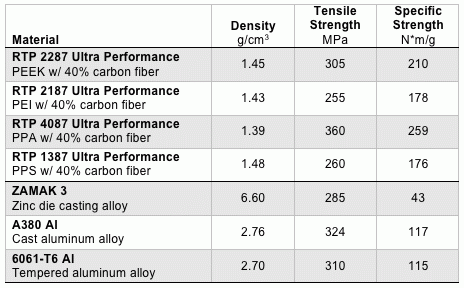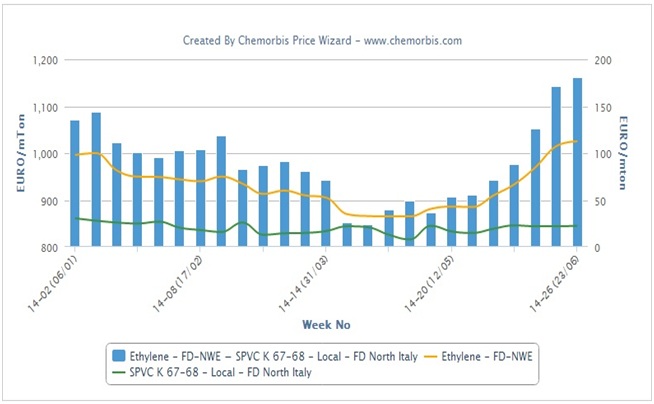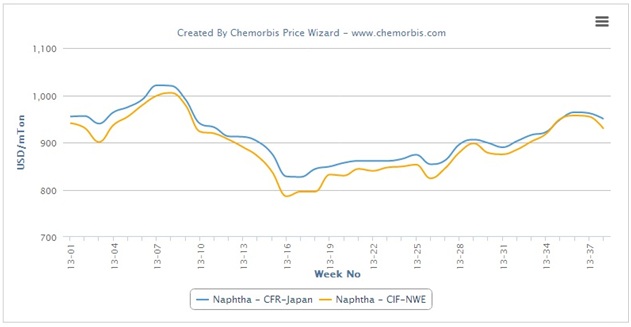OPEC’s lowered price ambitions mean the oil producers’ club is unlikely to meet promises to improve output discipline and the chances of a production cut when it meets next month are slim.
So far the Organization of the Petroleum Exporting Countries has delivered roughly 80 percent of its pledge to decrease output by a record 4.2 million barrels per day from September.
That is probably as disciplined as it will get, analysts said, and is already much more than its historical average of 60 percent.
“I expect compliance to be static if not slightly down,” said Bill Farren-Price, energy analyst at Medley Global Advisors.
Inventories are brimming, with U.S. crude stocks at their highest levels since 1993 and fuel demand forecasts are expected to be revised down further.
But the structure of the oil market implies tighter supplies in the future and that prices will reach nearly $60 by the end of 2009, while analysts say hedge fund interest has begun to return, fuelling some buying interest.
“I don’t think they will cut one barrel more…. but that’s not bearish because they don’t need to cut any more,” said Mike Wittner of Societe Generale.
A mood shift within OPEC has taken place as benchmark U.S. crude has recovered from a low of $32.40 in December to roughly $50 a barrel — a level increasingly viewed as an acceptable compromise between the needs of producers and consumers battling economic recession.
MOVING TARGETS
OPEC members early this year raised the prospect of 100 percent output compliance.
After the group’s meeting in March, some still said 95 percent was possible and that around $75 a barrel was the price producers and even consumers needed if oil investment is to be maintained.
But last week, a senior Gulf OPEC delegate said $50 a barrel was “good,” while the OPEC Secretary General Abdullah al-Badri said the group might be able to accept oil around that level for the rest of the year.
A source close to the Angolan OPEC president also told Reuters on Tuesday OPEC could live with $50-$60 for 2009 — a sharp retreat from comment by OPEC President Jose Botelho de Vasconcelos at the end of March that he hoped oil would reach $70-$75 this year.
Some of the pressure on OPEC is political, with leading exporter Saudi Arabia — the only OPEC member to be represented at last week’s G20 summit that sought solutions to the world’s financial crisis — regarded as particularly keen not to jeopardise economic recovery.
That could make OPEC consider a formal output increase — rather than reduced compliance — by the time of its September meeting and the prospect of the upturn in demand that typically takes place in the fourth quarter.
“We don’t see any need for OPEC to cut, but there may be a need to increase output in the second half of the year if they want to stop prices shooting up in the fourth quarter,” said Lawrence Eagles of JP Morgan.
Eagles cautioned there were still downside risks for OPEC.
“The main risk is of another leg down in the stock market or financial uncertainty, which acts as a drag on demand and economic recovery,” he said.
Medley Global Advisors’ Farren-Price was reluctant to look beyond the May 28 OPEC meeting in Vienna.
For that he expected no change. Beyond it, the chances of “major bits of bad news” to knock the economy lower, destroy demand and drag down oil prices remained strong.
A big fall in prices would focus minds again, but probably on compliance at first rather than new cuts.
“If prices were to wither away again, there will be additional pressure on those not complying to reduce output before new additional cuts are considered,” said Nauman Barakat of Macquarie Futures USA.
“I doubt we’ll go much above 80 percent compliance. On the other hand, if prices start to get above $55, I think compliance will become more lax.”
At least one OPEC member was optimistic the worst was over for both the producer group and the wider economy.
“I think the price will go higher. Compliance is high and the economy will pick up,” Shokri Ghanem, the head of Libya’s National Oil Company, told Reuters.
Source: news.chemnet.com







